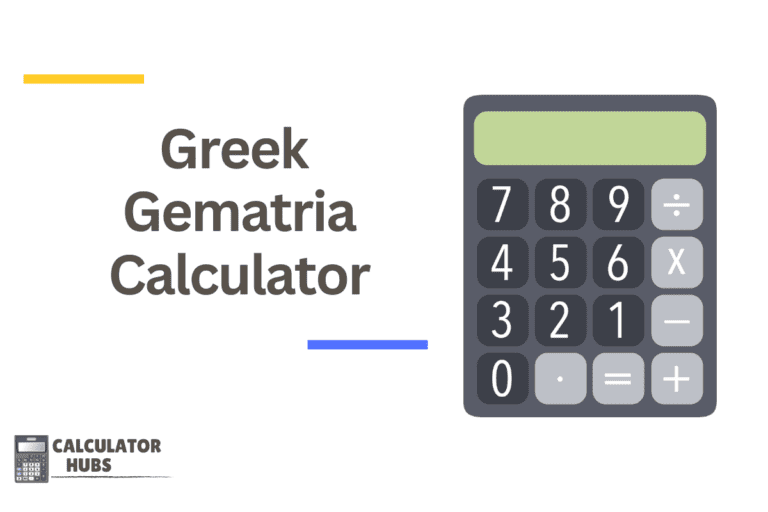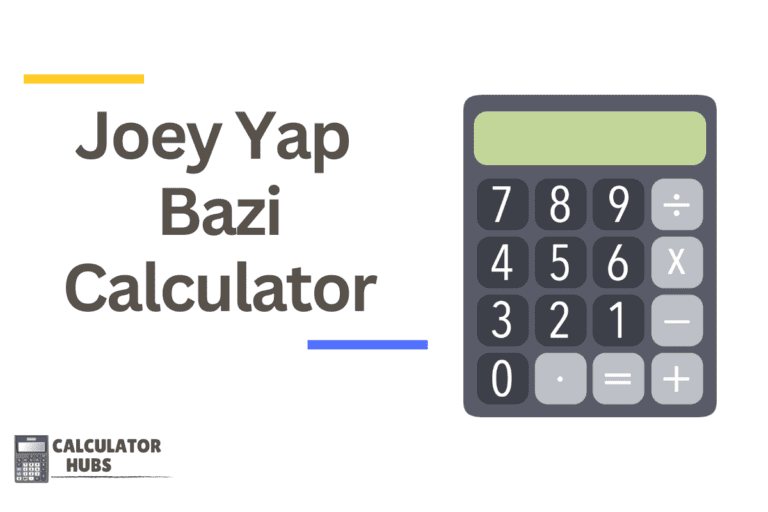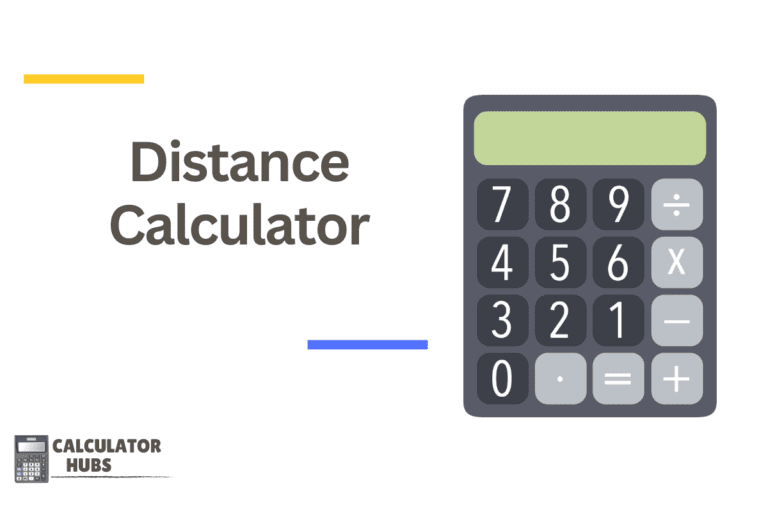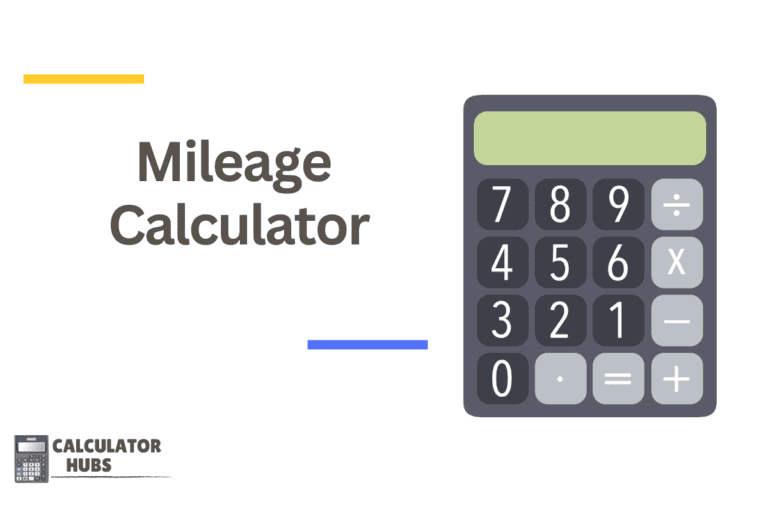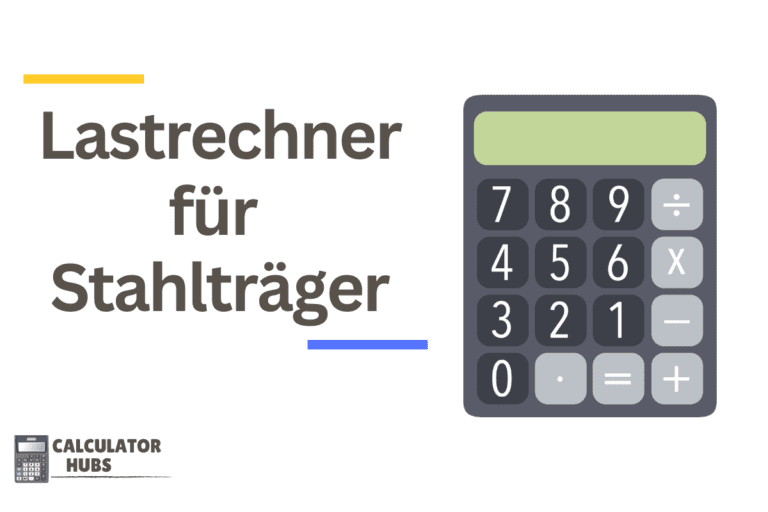Reynolds Number Calculator
Reynolds Number: 0.00
The Reynolds Number Calculator is an indispensable tool for engineers and scientists working in the fields of fluid dynamics and thermodynamics. It calculates the Reynolds number, a dimensionless quantity that helps predict flow patterns in different fluid flow situations. This number is crucial for determining whether the fluid flow is laminar or turbulent, which affects the design and analysis of equipment such as pipes, valves, and pumps.
How the Reynolds Number Calculator Works
The Reynolds Number Calculator requires specific inputs related to the fluid properties and flow conditions to compute the Reynolds number accurately:
Key Inputs:
- Fluid Velocity (V): The speed at which the fluid is moving, typically in meters per second (m/s).
- Characteristic Length (L): A relevant length dimension, such as hydraulic diameter, typically in meters (m).
- Fluid Density (ρ): The mass per unit volume of the fluid, usually in kilograms per cubic meter (kg/m³).
- Fluid Viscosity (μ): A measure of the fluid's resistance to gradual deformation, typically in Pascal-seconds (Pa·s).
Formula Used:
The Reynolds number is calculated using the formula:
Re = (ρ * V * L) / μWhere:
- ρ is the fluid density.
- V is the fluid velocity.
- L is the characteristic length.
- μ is the dynamic viscosity of the fluid.
General Terms and Definitions Table
| Term | Definition |
|---|---|
| Reynolds Number (Re) | A dimensionless number that indicates the type of fluid flow (laminar, transitional, or turbulent). |
| Fluid Velocity (V) | Speed of the fluid in motion. |
| Characteristic Length (L) | A key measurement relevant to the flow path (like pipe diameter). |
| Fluid Density (ρ) | Mass per unit volume of the fluid. |
| Fluid Viscosity (μ) | A measure of a fluid's resistance to flow. |
Example of Calculator Use
Scenario:
- Fluid Velocity: 3 m/s
- Characteristic Length: 0.05 m (pipe diameter)
- Fluid Density: 1000 kg/m³ (density of water)
- Fluid Viscosity: 0.001 Pa·s (viscosity of water at room temperature)
Calculation:
- Reynolds Number:
(1000 * 3 * 0.05) / 0.001 = 150,000
This Reynolds number indicates turbulent flow, assuming it is significantly higher than 4000, which is typically considered the threshold for turbulent flow in pipes.
Most Common FAQs
1. What does it mean if the Reynolds number is below 2000?
A Reynolds number below 2000 generally indicates laminar flow, where the fluid moves smoothly and in parallel layers.
2. Why is the Reynolds number important in engineering?
It helps engineers predict the behavior of fluids in various conditions, influencing the design of systems to ensure efficient and safe operation.
3. Can the Reynolds Number Calculator be used for gases?
Yes, the calculator is applicable to any fluid, including gases, as long as the correct properties (density and viscosity) are provided.
4. How does temperature affect the Reynolds number?
Temperature can affect both the density and viscosity of a fluid, thereby changing the Reynolds number. It's important to use temperature-corrected values for accurate calculations.
5. What are some practical applications of knowing the Reynolds number?
Reynolds number is used in the design and analysis of aircraft, ships, water supply systems, and in environmental studies involving water pollution and sediment transport.
The Reynolds Number Calculator is a crucial tool for understanding and predicting fluid flow characteristics in a variety of engineering and scientific applications, enabling optimized design and efficient operation of fluid systems.

